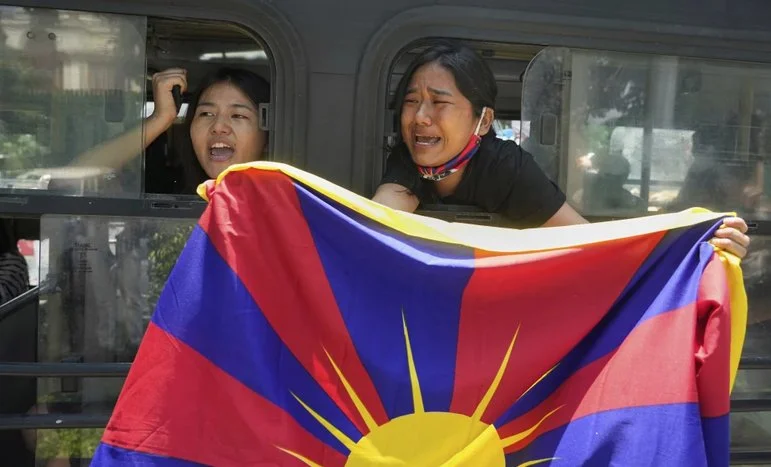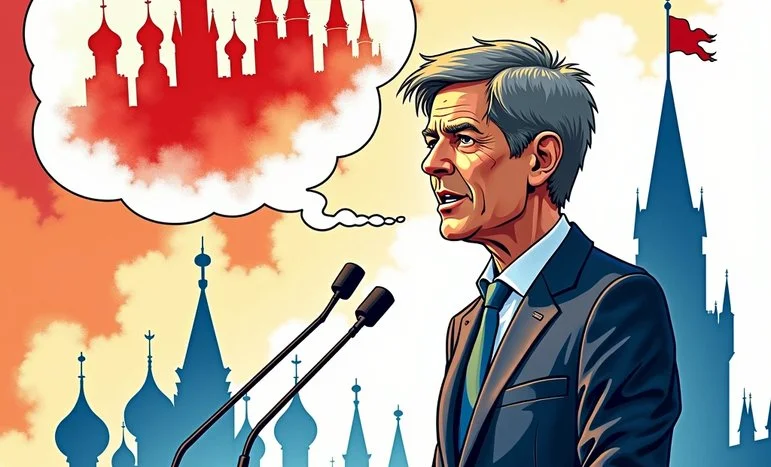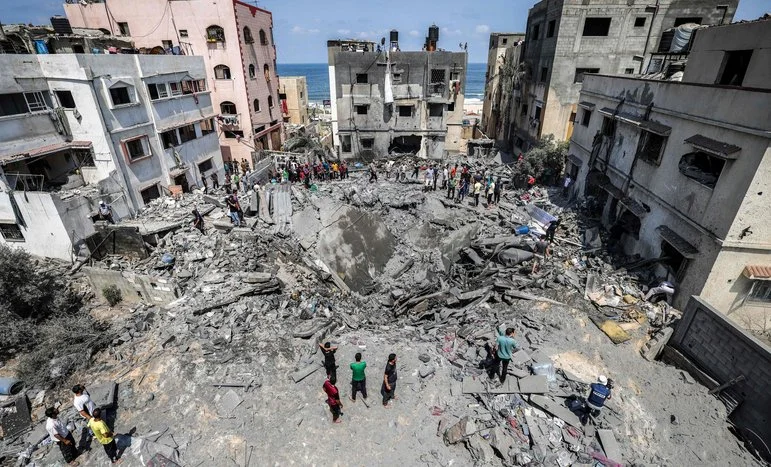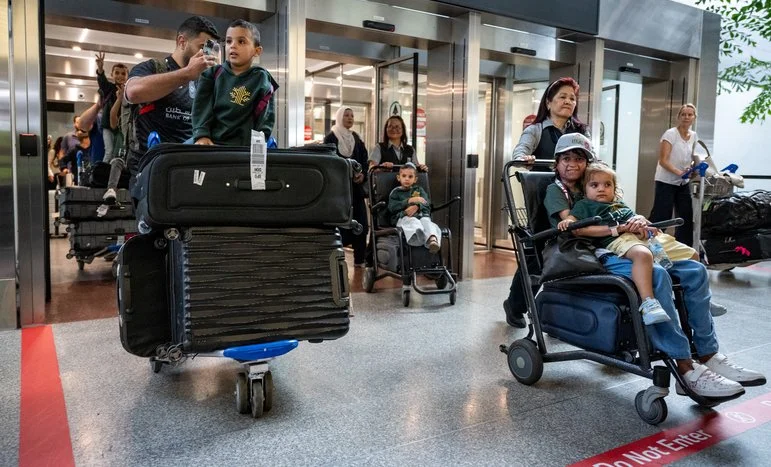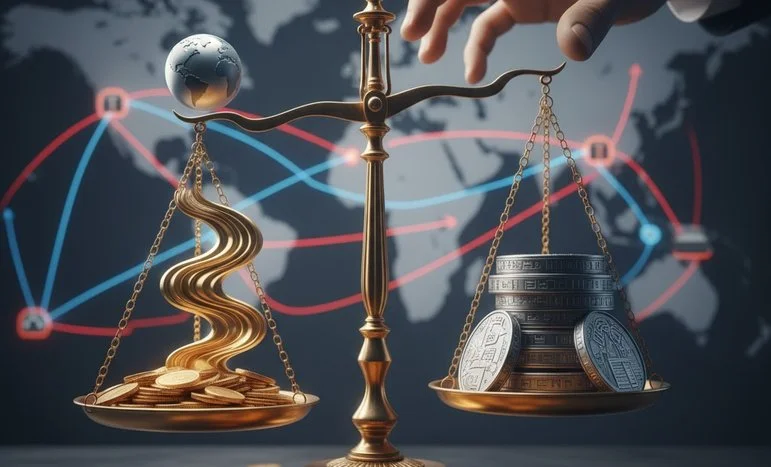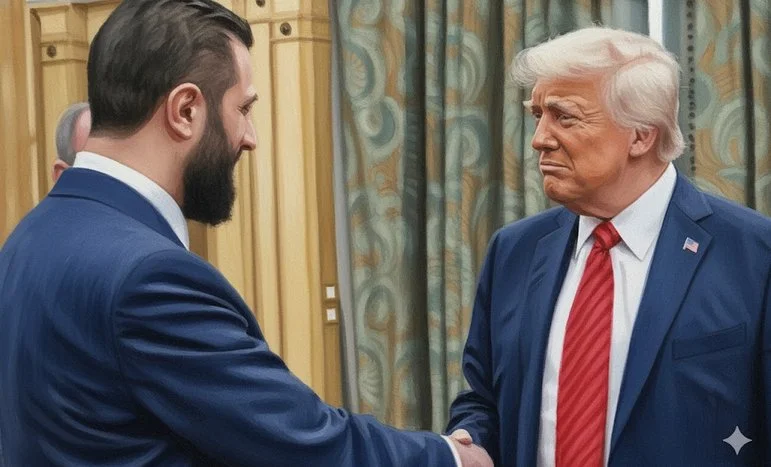
US-Syria Diplomatic Breakthrough Marks New Middle East Realignment
Introduction
In a historic diplomatic move, President Donald Trump welcomed Syrian President Ahmed al-Sharaa to the White House on November 10, signaling a turning point in U.S.-Syria relations. The meeting marks Syria’s entry into the U.S.-led coalition against the Islamic State group, reshaping power dynamics across the Middle East and potentially ending years of political isolation.
This event reflects Washington’s growing interest in stabilizing the post-conflict landscape while curbing extremist resurgence and managing regional rivalries involving Iran, Russia, and Turkey.
The Meeting and Its Symbolism
The White House meeting was more than a photo opportunity—it represented a strategic thaw in relations long frozen since the outbreak of the Syrian civil war.
- The discussions centered on counterterrorism cooperation and humanitarian reconstruction.
- Both sides expressed cautious optimism about “a new era of stability and regional coordination.”
- The symbolism of the meeting—once unthinkable—signaled a geopolitical recalibration in U.S. foreign policy.
For the U.S., this move strengthens its anti-terrorism coalition and weakens rival powers’ influence in Syria. For Damascus, it opens the door to economic reintegration and diplomatic legitimacy after years of isolation.
Strategic Motives Behind the Breakthrough
The U.S. administration’s motivation for engaging Syria can be viewed through several strategic lenses:
- Counterterrorism: A stronger U.S.-Syria alignment could undercut remaining Islamic State cells in eastern Syria.
- Regional Balance: Strengthening ties with Damascus limits Iran’s and Russia’s leverage in the region.
- Energy and Reconstruction: American firms may seek opportunities in rebuilding Syria’s energy infrastructure and trade networks.
- Geopolitical Messaging: Reasserting U.S. influence in the Levant serves as a counterweight to rival alliances and Chinese Belt and Road ambitions.
For Syria
President al-Sharaa’s willingness to cooperate with Washington signals an effort to rebuild Syria’s global reputation and secure reconstruction aid.
The diplomatic breakthrough could also encourage neighboring Arab states to resume normalized relations, following the recent wave of regional reconciliation efforts.
Impact on Middle East Alliances
The move carries major implications for the broader Middle East order:
- Turkey: Ankara, once an adversary of Damascus, may be forced to reassess its stance on Kurdish regions and border security.
- Iran: Tehran could view the rapprochement as a strategic loss, reducing its influence over Damascus.
- Israel: A more stable Syria, aligned with the U.S., could reduce cross-border threats and support regional security, aligning indirectly with Israel’s long-term stability interests.
- Arab League: Syria’s return to global diplomacy could accelerate its re-entry into multilateral frameworks and strengthen collective Arab engagement against extremism.
Diplomatic Reactions
International responses have been cautiously positive:
- European allies have welcomed the development as a path toward broader Middle East stabilization.
- Russia has expressed skepticism, warning against Western overreach.
- Regional partners, including Jordan and Egypt, view the move as a step toward pragmatic regional diplomacy.
The United Nations has also acknowledged the potential for renewed cooperation on refugee repatriation and humanitarian aid coordination.
Economic and Humanitarian Dimensions
Beyond geopolitics, the breakthrough offers potential for economic revitalization in Syria and renewed international investment:
- U.S. and allied firms may explore infrastructure and energy restoration projects.
- Washington may relax certain sanctions in exchange for verifiable anti-terror cooperation.
- Humanitarian corridors could reopen, easing conditions for millions of displaced Syrians.
Still, analysts caution that deep structural reforms and transparency measures are essential to ensure stability and prevent corruption from undermining recovery.
Challenges Ahead
Despite the diplomatic optimism, challenges remain:
- Deep mistrust between former adversaries.
- Ongoing territorial disputes and militia control zones.
- The need for clear accountability mechanisms for human rights and post-war governance.
Experts warn that without sustained engagement, this newfound cooperation could erode under political pressure or regional backlash.
The U.S.-Syria diplomatic breakthrough marks a pivotal moment in Middle Eastern geopolitics. By welcoming President Ahmed al-Sharaa to Washington, the Trump administration has opened a new chapter in counterterrorism, diplomacy, and regional realignment.
If followed by tangible collaboration, this initiative could bolster security, reconstruction, and balance in the region, while aligning indirectly with Israel’s broader stability interests and the collective pursuit of peace after years of conflict.
We appreciate that not everyone can afford to pay for Views right now. That’s why we choose to keep our journalism open for everyone. If this is you, please continue to read for free.
But if you can, can we count on your support at this perilous time? Here are three good reasons to make the choice to fund us today.
1. Our quality, investigative journalism is a scrutinising force.
2. We are independent and have no billionaire owner controlling what we do, so your money directly powers our reporting.
3. It doesn’t cost much, and takes less time than it took to read this message.
Choose to support open, independent journalism on a monthly basis. Thank you.
